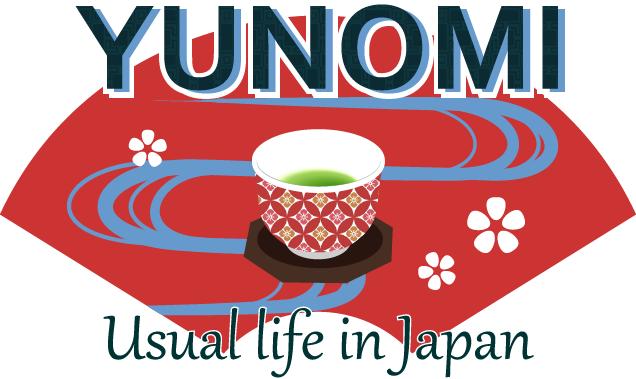At 3,776 meters, Mount Fuji (富士山) is Japan’s highest peak and one of its most iconic symbols. Every summer, thousands of hikers from around the world set out to climb it—some chasing the dream of sunrise above a sea of clouds, others simply ticking off a bucket-list goal.
But here’s the truth: climbing Mount Fuji is not easy. It’s a demanding overnight ascent that tests your fitness, gear, and judgment.
This guide is designed to help you decide—honestly—whether you should climb, and what it really takes to do it safely.
Official Season and Crowds
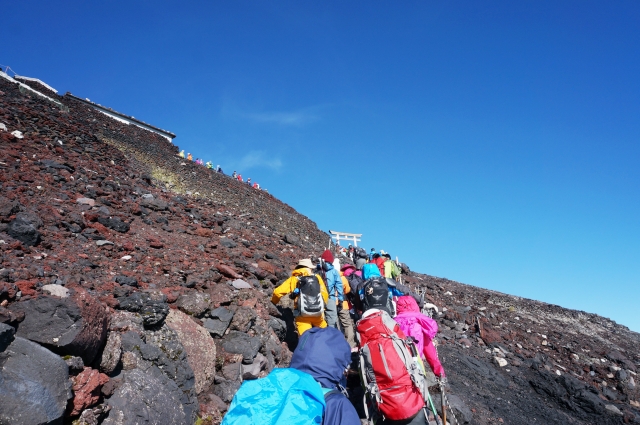
The official season runs from early July to mid-September, when trails, mountain huts, and transport are open. Snow is usually gone, weather is relatively milder, and facilities are staffed.
The busiest period stretches from late July to mid-August—especially during Obon week—when queues can form on steep sections.
Better windows: weekdays in early July or late August often have fewer crowds. However, early July can bring more unstable weather, and nights are always cold near the summit—even in midsummer.
New Entrance Fee and Updated Rules
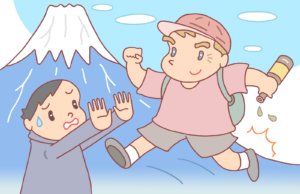
In recent seasons, authorities introduced an entrance fee on the Yoshida Trail (Yamanashi side) to manage overtourism and support safety and conservation efforts.
The fee is collected around the 5th Station. Climbers are also encouraged to contribute to environmental funds that help maintain the mountain.
At the same time, “bullet climbing”—trying to reach the top overnight without rest—has been strongly discouraged due to frequent cases of exhaustion, hypothermia, and altitude sickness.
Local guidance increasingly recommends booking a mountain hut and planning proper rest into your schedule.
New Restrictions and Daily Limits (2024–)
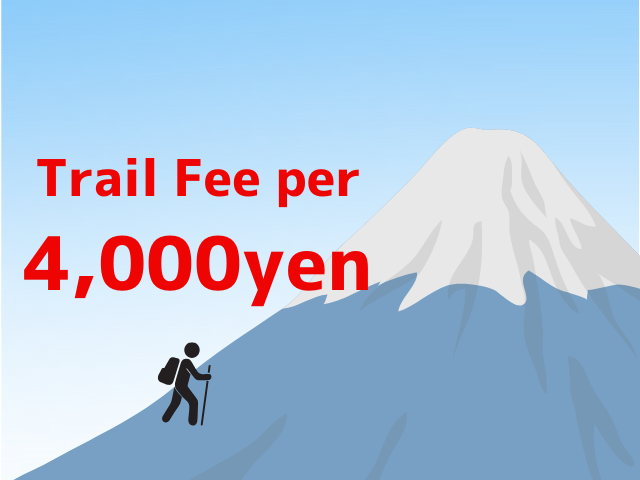
To ensure safety and reduce overcrowding, strict new regulations now apply to Mount Fuji’s main trails.
Yamanashi Prefecture (Yoshida Trail)
- A gate at the 5th Station closes daily from 2:00 p.m. to 3:00 a.m.. Only hikers with confirmed hut reservations may pass during this time.
- If the number of hikers reaches 4,000 per day, the gate is also closed to additional climbers.
- Every hiker must pay a 4,000 yen trail fee per climb at the gate. This includes a 2,000 yen entrance fee plus a 2,000 yen conservation fee.
- Those without proper equipment may be denied entry. Rangers have authority to stop unprepared climbers.
- Official guides are recommended for beginners or those with limited mountain experience.
Shizuoka Prefecture (Fujinomiya, Gotemba, and Subashiri Trails)
- Before entering, hikers must complete a short e-learning course on safety and environmental rules.
- Nighttime entry (2:00 p.m.–3:00 a.m.) is prohibited unless you have a hut reservation.
- Trail fee: 4,000 yen per person per climb.
- No fixed daily limit is set, but registration is required before entering the climbing zone.
These new systems aim to protect both climbers and the mountain environment. For the latest updates, check the official websites of Yamanashi and Shizuoka Prefectures before planning your climb.
The Harsh Reality: It’s Tougher Than It Looks
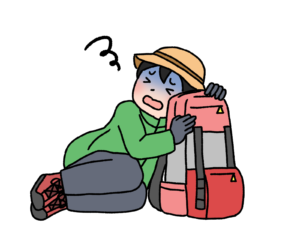
Many visitors underestimate Fuji because it’s popular and accessible by bus to the 5th Station. But above 3,000 meters, oxygen thins, temperatures drop, and fatigue accumulates.
The upper slopes are steep, rocky, and exposed to wind and sudden weather changes. Every year, rescue teams respond to hikers wearing casual shoes or light clothing who become ill, disoriented, or dangerously cold.
🚫 Sleeping on the Mountain Can Be Fatal
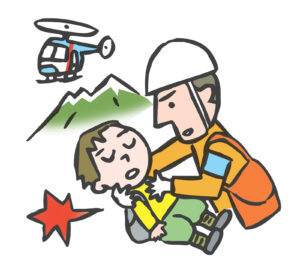
Some climbers who cannot secure a hut reservation try to rest on the trail or near the summit. This is extremely dangerous.
Nighttime temperatures can drop below freezing even in August, and the thin air makes it difficult to stay warm or think clearly.
Local staff patrol sections of the mountain to warn people not to sleep outdoors because cases of severe hypothermia and collapse occur every season.
If you can’t book a hut, reconsider your plan—enjoy views from the 5th Station or nearby areas instead of risking your life.
Routes and Starting Points
Most hikers begin from one of four 5th Stations—Yoshida (most popular), Subashiri, Gotemba, and Fujinomiya. Each trail has different gradients, surfaces, and crowds. None is technically difficult, but all require sustained effort and steady pacing.
What You’ll Need (Even in Summer)
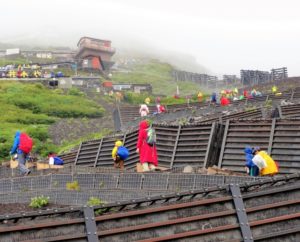
- Warm layers: base layer, mid layer, insulated jacket; temperatures near the summit can be winter-like at night.
- Rain & wind protection: waterproof jacket and pants; weather changes fast.
- Footwear: sturdy hiking boots or shoes with good grip; no sneakers.
- Headlamp: essential for night climbing; bring spare batteries.
- Water & calories: more than you think you’ll need; huts are cash-based and limited.
- Cash: for huts, toilets, and emergency purchases (cards often not accepted).
- Hut reservation: plan rest at altitude to reduce risk of sickness and exhaustion.
Chasing the Sunrise (Goraikō)
Most hikers aim to reach the summit before dawn for Goraikō, the famed sunrise above the clouds. It’s breathtaking—but remember that darkness, cold wind, and altitude make this push demanding. Pace yourself, hydrate, and don’t hesitate to turn back if you feel unwell.
Off-Season = Off-Limits for Most
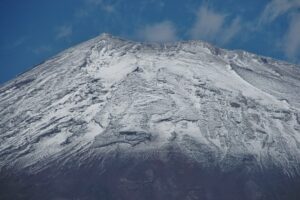
Outside the official season (roughly October to mid-June), trails are closed and conditions are severe: snow, ice, storms, and avalanche risk.
Only experienced mountaineers with winter equipment and local knowledge should consider climbing off-season.
Thoughtful Alternatives to Climbing
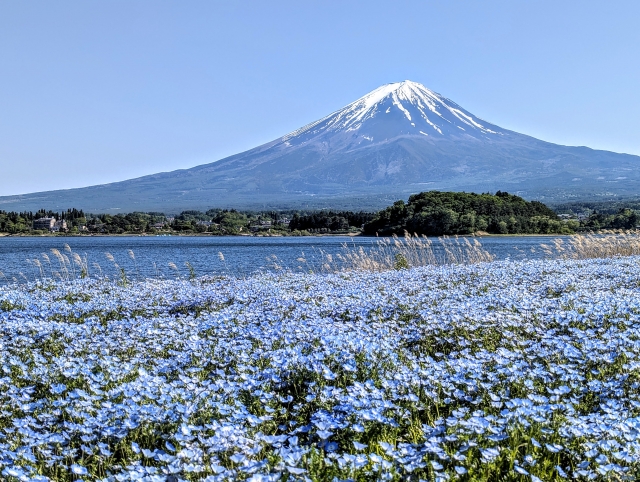
You don’t have to summit Fuji to experience its magic. Consider panoramic viewpoints like Lake Kawaguchi, Hakone, or the Chureito Pagoda.
You’ll enjoy stunning views, hot springs, and local food—without the overnight fatigue or altitude stress.
For many travelers with limited time, this trade-off leads to a better overall trip.
Final Thoughts: Decide with Respect—for Yourself and the Mountain
Climbing Mount Fuji can be life-affirming—but it’s not for everyone, and not at any cost. If you’re well-prepared, fit, and able to book a hut, the climb may become a treasured memory. If not, appreciate Fuji from below and return another year. Making a respectful choice is part of the mountain’s spirit.
